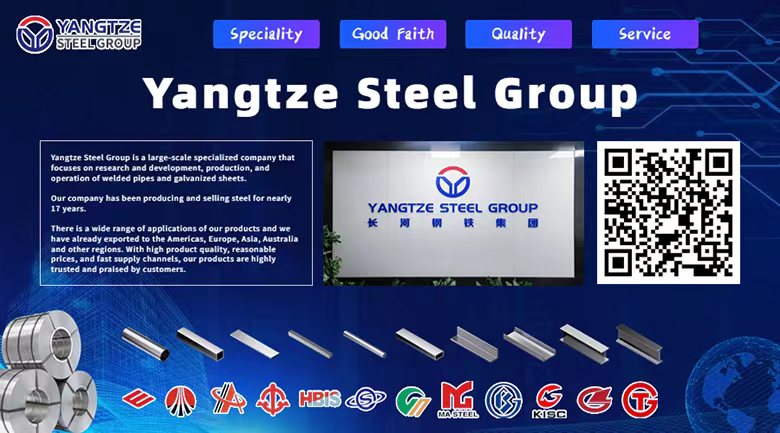Differences between A513 and A500 rectangular tubes
A513 and A500 are two common rectangular tube standards, which have significant differences in manufacturing process, material and use.
Standards | ASTM A513 |
Manufacturing process | Mainly manufactured by cold rolling and welding processes |
Material | Usually made of low carbon steel |
Application | Suitable for mechanical applications such as precision |
Features | |
1. High precision | High dimensional accuracy and surface finish due to |
2. Good weldability | Easy to perform various welding operations |
3. Good formability | Suitable for bending, stamping and other forming processes |
Standards | ASTM A500 |
Manufacturing process | Mainly manufactured by hot rolling and welding processes |
Material | Includes cold-formed carbon steel structural pipes, |
Application | Mainly used for structural purposes, such as building structures, bridges, towers and other infrastructure construction |
Features | |
1.High strength | Grade B and Grade C, in particular, have high yield strength and tensile strength. |
2.Good structural stability | Suitable for use as load-bearing structural components. |
3.Strong durability | Excellent performance in harsh environments and suitable |
In summary, A513 rectangular tubes are more suitable for precision machinery and general structural uses, while A500 rectangular tubes are more suitable for structural uses requiring high strength and durability.









